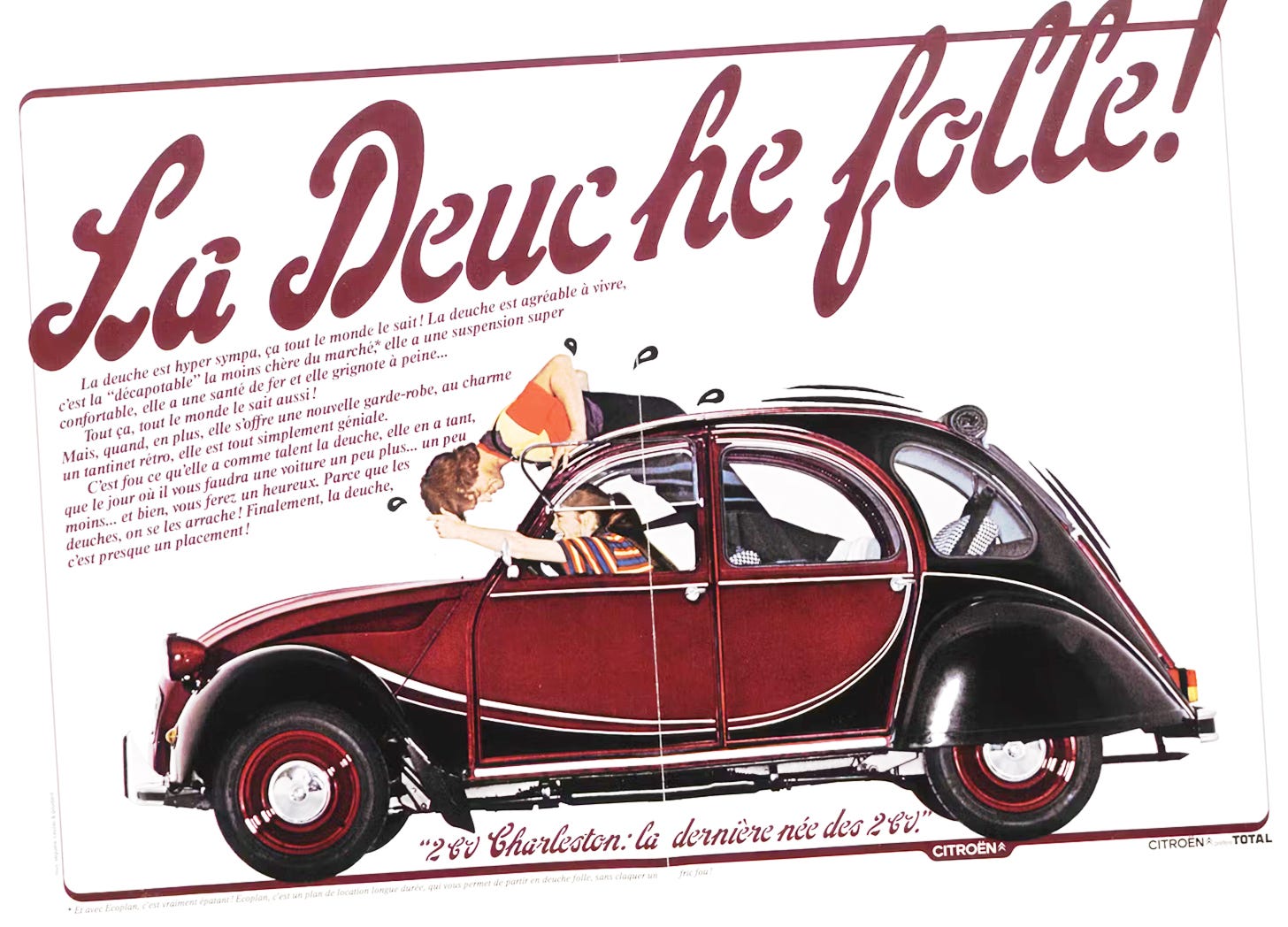Base is Ace: Quickie
The most significant cars in history will never be your mother’s BMW. Often it’s going to be cheap, durable, and a symbol of national pride. Riding on the French connection from earlier this week, the Citroën 2CV features a compact design with suspension supple enough to carry a basket of eggs across a plowed field without breaking any; ideal for the majority of France that was once farm country.
Probably still is:
Eggs have managed to become a talking point in 2025, emphasizing a growing cost-of-living crisis that doesn’t seem to be addressed any time soon. Not when the current administration plans to implement tariffs in March out of diplomatic petulance.
That doesn’t mean however, that carmakers have omitted the notion that some people are on a more strict budget than others. The Chevrolet Trax is an immediate hit after getting redesigned for 2024, reporting 200,000 units sold for the calendar year.
The problem is the Trax is somewhat in a league of its own. Its sibling mates in the Buick Envista and Encore GX share the same mechanical bits. More options appear if you grow the budget to $30,000, but there’s a reason why the starting MSRP of a Trax for $21,495 appeals to buyers. It could very well serve as the American symbol of pride in today’s inflated market.
But I want to see a World Cup. A showdown of cheap wheels to see what comes out on top, battling a benchmark price capped at $25,000. This would encourage Fiat to bring back a gas-powered 500, Mini to introduce a cheaper Cooper, Mitsubishi to revive the Mirage on the excellent Lancer-backed platform, Nissan to introduce a whole new Versa. If Ford proposes a cheaper Mustang, that’s the World Cup settled.
Every carmaker should have at least one vehicle that isn’t geared for profit. The reason the Trax exists is because GM is printing money thanks to truck and SUV popularity that share the same T1 platform. And why UAW workers strike for a greater pay contract so forth.
Can a cheap car last for years to come? Well, the Citroën 2CV is a pre-World War 2 design that enjoyed a 42-year production run until safety regulations killed it in 1990. I imagine it would have kept going if the French government instated a clause labeling the 2CV as a ‘Vehicle of Significance’ as it remains rightfully so.
What passes for ‘base’ these days is incredible. Every new car has at least smartphone connectivity and a suite of active safety features that even the Miata is not immune to. The days of double-din radios are long gone.
What should pass the snuff test these days? I don’t have the answer. All I can do is encourage you to drive a Miata because I can sell you one.
And no, I don’t know the ulterior motives of the non-descript driver pulling the hair of their passenger.
-TA


